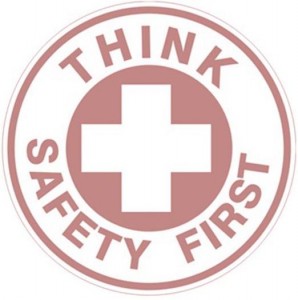References Geller, E.S. (2005). Behavior-based safety and occupational risk management. Behavior Modification, Vol. 29, pp. 539-561. Skinner, B. F. (1938). The Behavior of Organisms: An Experimental Analysis. Acton, Mass.: Copley Publishing Group. Skinner, B. F. (1953). Science and Human Behavior. New York: Macmillan. Skinner, B. F. (1974). About Behaviorism. New York: Alfred A. Knopf. For more details see: http://www.apa.org/research/action/safer.aspx American Psychological Association, February 2014 Successful applications of BBS programs adhere to the following key principals (Geller, 2005): Focus interventions on specific, observable behaviors. Look for external factors to understand and improve behavior. Use signals to direct behaviors, and use consequences to motivate workers. Focus on positive consequences (not punishment) to motivate behavior. Use a science-based approach to test and improve BBS interventions. Don’t let scientific theory limit the possibilities for improving BBS interventions. Design interventions while considering the feelings and attitudes of workers within the organization.
How do behavior-based safety programs help companies cut accidents and injuries? Through systematic observation, analysis and intervention. Psychologists developed a systematic approach called behavior analysis to increase safe behaviors, reduce risky behaviors and prevent accidental injury at work sites. Organizations adopting this approach, term it behavior-based safety (BBS). BBS grew from early research by psychologist B.F. Skinner. A variety of strategies and tactics apply his behavioral psychological principles to change specific behaviors. Rather than try to get people to change via motivation or attitude, BBS programs successfully “act people into thinking differently.” In other words, they change behavior first in order to change attitude. A behavior-based safety program starts by identifying a critical behavior to change. Trained observers study and record behaviors to obtain baseline measures of their frequency, duration and rate. Next, these experts cue workers to use safer target behaviors and reward their changes. Observers again record the target behavior’s frequency, duration or rate, comparing the before and after measures to determine how well the program worked. On average injuries drop 30% in the first year, 80% after 7 years! Success! Identify, measure, and reward safer target behaviors.
Written by Juanita N. Baker, Ph.D.

